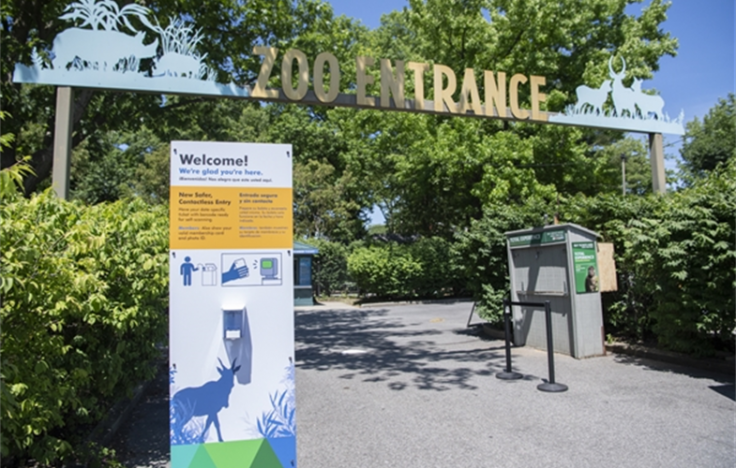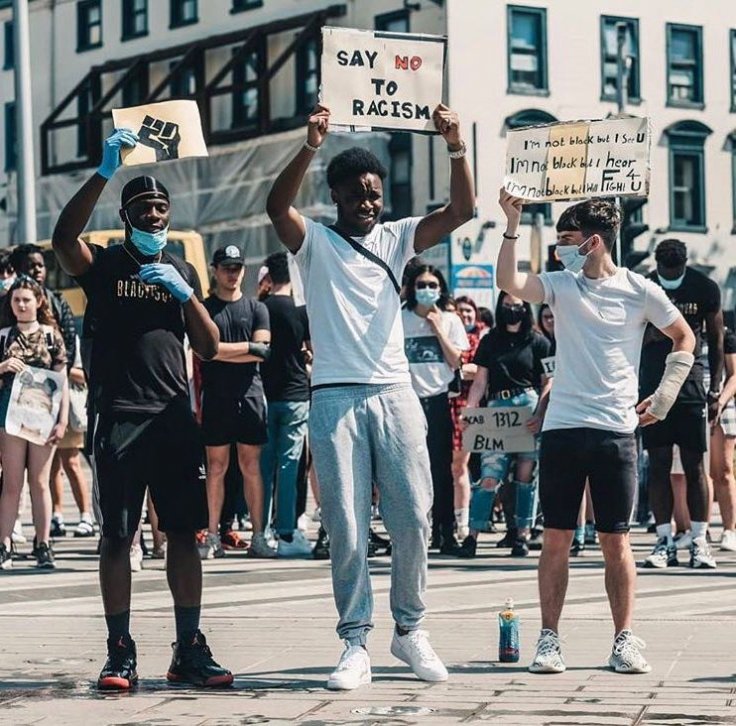It was in 1865 that slavery was abolished in United States of America. However, how deeply racism continued to afflict American society could be gauged from a revolting incident that took place in 1906. A man from Central Africa, modern-day Congo, was put on display in the Monkey House of the Bronx Zoo, one of the largest in the country, in New York.
Now, as racism has become the main talking point in the country, the zoo authorities have been forced to come to terms with its racist past and issue an apology for the horrible act that was committed. Along with that, the Bronx Zoo also issued an unambiguous condemnation of the beliefs held by two of its founders – Henry Fairfield Osborne Sr and Madison Grant.

Those two individuals believed in the disgraced pseudo-science of eugenics, something that the Nazis used extensively to propagate their racist ideology. In fact, Grant even wrote a book titled 'Passing of the Great Race.' Not surprisingly, an extract from this book was used by one Nazi criminal during the Nuremberg trials to defend his beliefs and actions.
"We deeply regret that many people and generations have been hurt by these actions or by our failure previously to publicly condemn and denounce them," the official statement from the society that manages the zoo read, as reported by the New York Times.

The unfortunate man
The person who was the victim of this disgraceful act in 1906 was a man named Ota Benga. He was of Mbuti ethnicity, people of which inhabit the area in the modern-day Democratic Republic of Congo. After his demeaning treatment by the zoo in September of that year, he was given over to an orphanage in the Brooklyn area of New York.
What made the zoo stop displaying him like an animal were the strong voices of protest from African-American Christian ministers of the area.
Ota Benga was then taken to Lynchburg in Virginia where he worked in a tobacco factory. He ended his life by suicide in 1916. One can only imagine the psychological scars on him, being away from his home and family, treated literally like an animal, and then shifted from one place to another.
Discovery of the act
The Wildlife Conservation Society which manages the Bronx Zoo was established in 1895. To mark its 125th anniversary, the organization looked into its history and decided that the issue needs to be addressed. With the George Floyd protests raging across the country, this was also the opportune moment for acknowledging its outrageous acts from the past.









